With two good cuts of silage in the pits and the silos full, we are well on the way to having plenty of forage for next year.
Over the next few weeks wholecrop will start to ripen and I will have a third cut ready to go in on top of it.
With exceptional growth recently, grass covers are starting to get ahead of the cows so we will also need to take some paddocks out of the rotation for bales.
Normally by this stage in the year the we have finished breeding and the high-yielding group of cows is out grazing during the day.
However, this year I have kept this group in full-time, despite all the grass that is available.
Every other year I let them out, but milk drops, cows lose body condition and milk solids go down. The result is that when housing time comes I have to overfeed these cows to make up for what has been lost.
It means any savings in feed with cows at grass are also lost. To me it makes far more sense to keep them on a constant diet indoors.
With no cows having calved since the end of April, the cows in the high group are starting to get on in lactation, but are still averaging 38l, with a feed rate of 0.38kg/l.
Up until last week the group average was closer to 40l, but a change to second-cut silage initially caused a drop of 3l, before it steadied and moved back up to 38l.
To put them to grass would have meant a drop of at least 5l in volume alone.
Low group
In contrast to the high-yielding group, the lows are out full-time on grass alone and nuts in the parlour.
In the past I have offered this group a silage buffer, but with strong growth and settled weather it seems questionable to be making bales only then to feed them at milking time.
One thing that has struck me is the amount of extra grass these cows eat when they aren’t being buffer-fed.
To maximise intakes I have taken the electric fence away and given them 48hr and 72hr allocations of grass. Cleanout is good as I have brought some silage aftermath into the rotation.
With calving just a few weeks away some of these cows are very stale, but yield has held up well at 25l.
The parlour is set to feed above 13l, and the feed rate for this group is 0.23kg/litre.
In contrast to last year, solids are holding up well at 3.86% fat and 3.35% protein.
Drying off
With drying off in full swing, to get cows down in milk they get no meal in the parlour for the last three weeks of lactation.
Drying off takes place on a Monday morning, with around 70% of cows getting teat sealant alone. Any cows that have had a single SCC test in the last lactation above 200 get antibiotic tubes.
Before being put outside, dry cows get a mineral bolus, a worm dose, fly repellent and a rotavirus vaccine.
Calf house
Given that calving is just around the corner, time is also being spent getting the calf house ready by power-hosing the dry cow pens and setting up the calving pens.
More importantly, I’m thinking about what can be improved upon on last year and how to streamline the whole process. One suggestion has been that if a higher level of protein was fed to transition cows, colostrum would be better quality.
Read more
French aim for a better farming lifestyle
Wholecrop getting off to a slow start
With two good cuts of silage in the pits and the silos full, we are well on the way to having plenty of forage for next year.
Over the next few weeks wholecrop will start to ripen and I will have a third cut ready to go in on top of it.
With exceptional growth recently, grass covers are starting to get ahead of the cows so we will also need to take some paddocks out of the rotation for bales.
Normally by this stage in the year the we have finished breeding and the high-yielding group of cows is out grazing during the day.
However, this year I have kept this group in full-time, despite all the grass that is available.
Every other year I let them out, but milk drops, cows lose body condition and milk solids go down. The result is that when housing time comes I have to overfeed these cows to make up for what has been lost.
It means any savings in feed with cows at grass are also lost. To me it makes far more sense to keep them on a constant diet indoors.
With no cows having calved since the end of April, the cows in the high group are starting to get on in lactation, but are still averaging 38l, with a feed rate of 0.38kg/l.
Up until last week the group average was closer to 40l, but a change to second-cut silage initially caused a drop of 3l, before it steadied and moved back up to 38l.
To put them to grass would have meant a drop of at least 5l in volume alone.
Low group
In contrast to the high-yielding group, the lows are out full-time on grass alone and nuts in the parlour.
In the past I have offered this group a silage buffer, but with strong growth and settled weather it seems questionable to be making bales only then to feed them at milking time.
One thing that has struck me is the amount of extra grass these cows eat when they aren’t being buffer-fed.
To maximise intakes I have taken the electric fence away and given them 48hr and 72hr allocations of grass. Cleanout is good as I have brought some silage aftermath into the rotation.
With calving just a few weeks away some of these cows are very stale, but yield has held up well at 25l.
The parlour is set to feed above 13l, and the feed rate for this group is 0.23kg/litre.
In contrast to last year, solids are holding up well at 3.86% fat and 3.35% protein.
Drying off
With drying off in full swing, to get cows down in milk they get no meal in the parlour for the last three weeks of lactation.
Drying off takes place on a Monday morning, with around 70% of cows getting teat sealant alone. Any cows that have had a single SCC test in the last lactation above 200 get antibiotic tubes.
Before being put outside, dry cows get a mineral bolus, a worm dose, fly repellent and a rotavirus vaccine.
Calf house
Given that calving is just around the corner, time is also being spent getting the calf house ready by power-hosing the dry cow pens and setting up the calving pens.
More importantly, I’m thinking about what can be improved upon on last year and how to streamline the whole process. One suggestion has been that if a higher level of protein was fed to transition cows, colostrum would be better quality.
Read more
French aim for a better farming lifestyle
Wholecrop getting off to a slow start


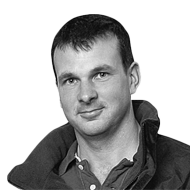

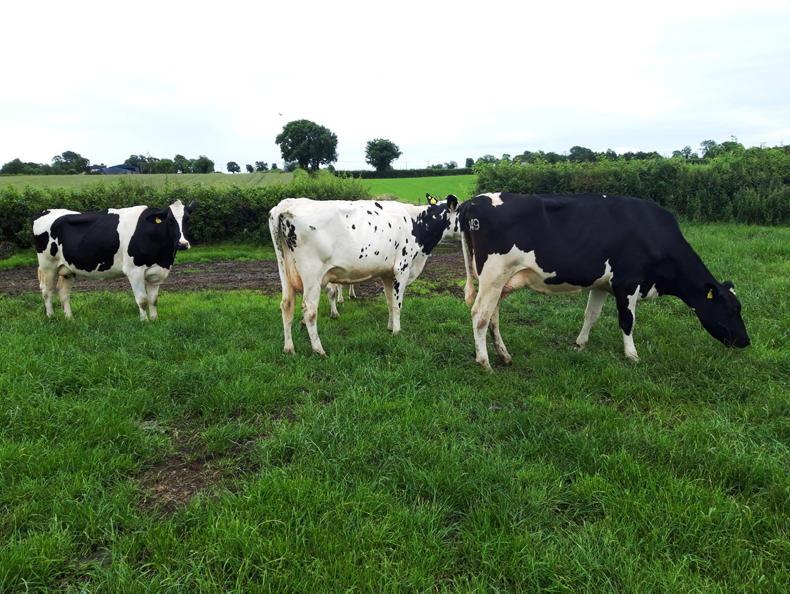
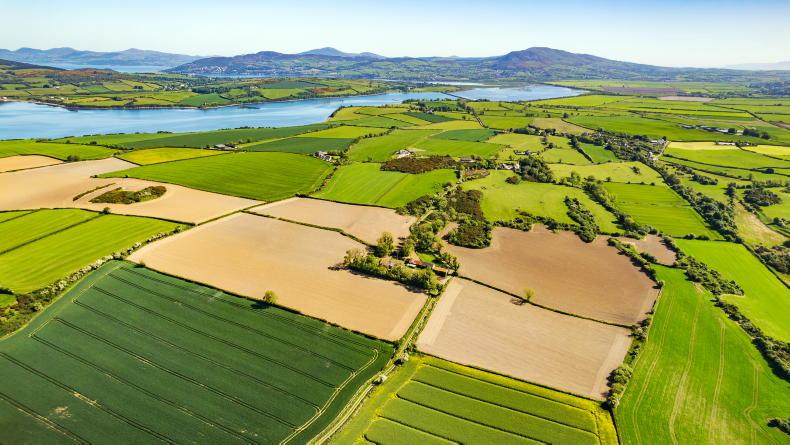
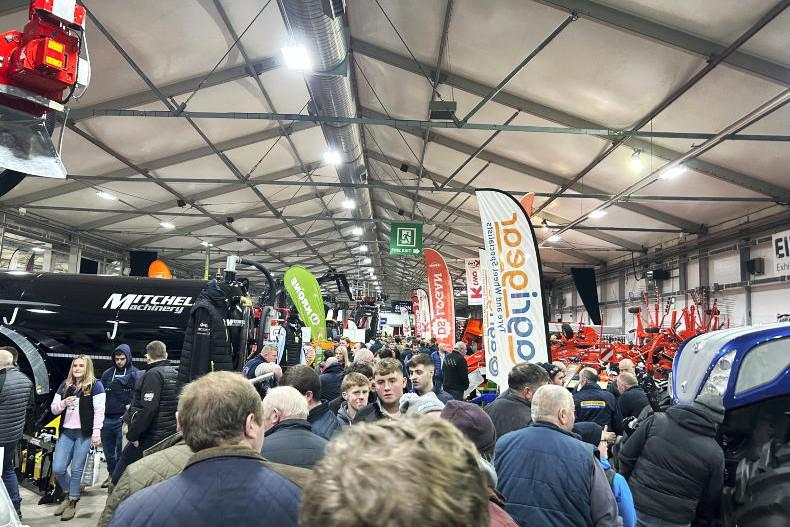
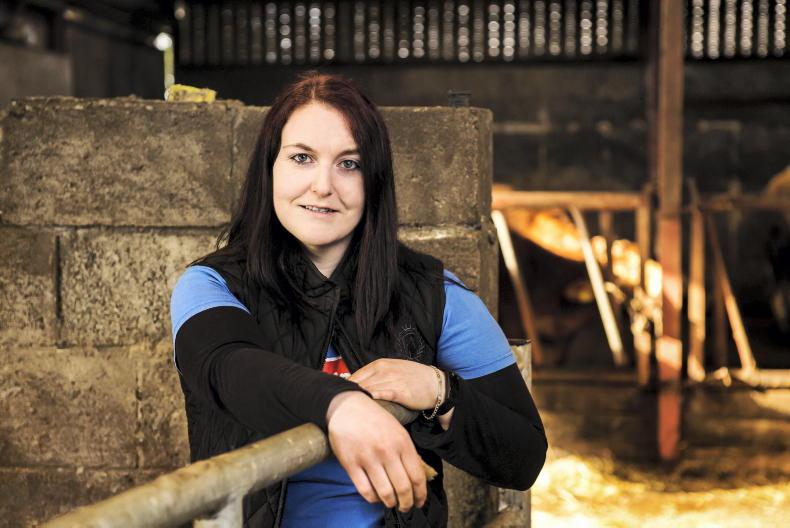
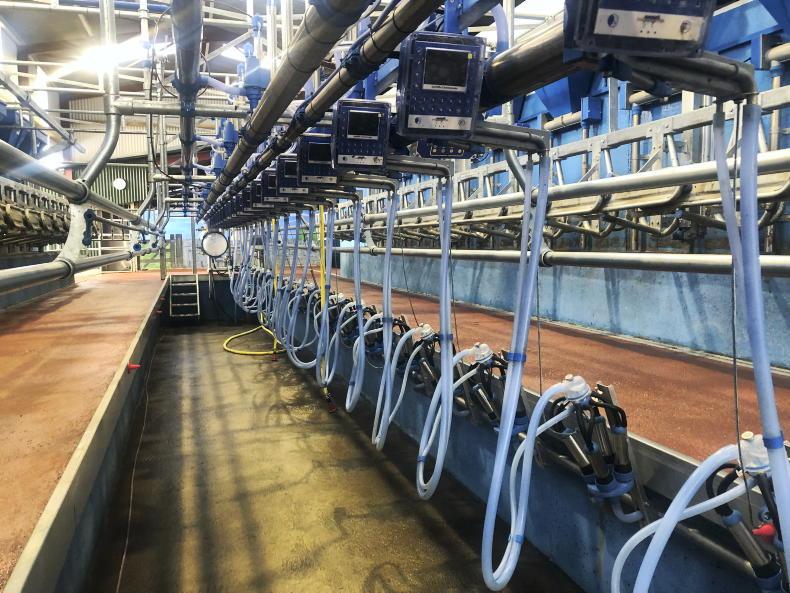
SHARING OPTIONS